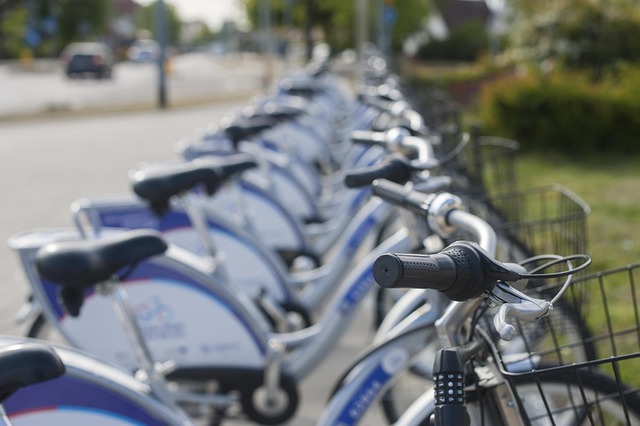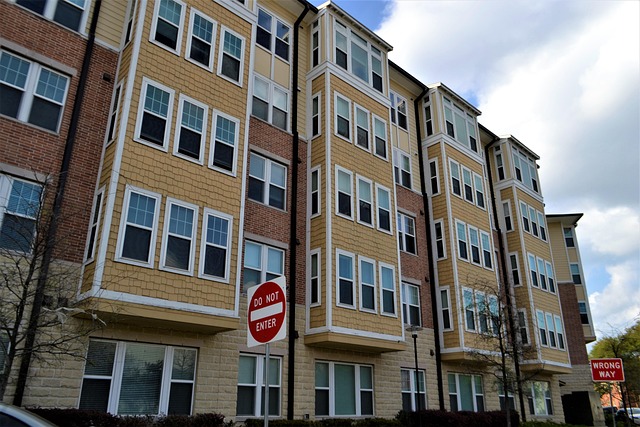Revolutionizing Urban Mobility: The Rise of Car Sharing in the Cycle Industry
As cities become more crowded and the need for sustainable solutions intensifies, urban mobility is undergoing a transformation. One of the most significant shifts is the rise of car sharing within the cycle industry. This innovative approach combines the freedom of cycling with the practicality of shared vehicles, creating a harmonious balance that serves the needs of modern urban dwellers.
Imagine a world where you can hop on a bicycle for a short commute, take a leisurely ride to the park, or quickly grab a car sharing option for those longer journeys—all in one seamless experience. This is not just a dream; it has become a reality in many cities around the globe, where bike-sharing infrastructures are being integrated with car-sharing platforms.
The concept of car sharing in the context of the cycling culture addresses several urban challenges. For one, it reduces traffic congestion and lowers carbon footprints, making cycling a viable and eco-friendly alternative to traditional car ownership. Urban residents are increasingly recognizing that owning a car isn’t always necessary; instead, they can choose when and how to use various modes of transportation, including bikes and shared vehicles.
Furthermore, the collaboration between cycling and car-sharing initiatives fosters a sense of community. Users can interact through apps to share experiences, tips, or even form groups for joint rides. The community aspect is vital in urban centers, where isolation can sometimes be an issue. With car sharing options available, people can easily transition from a bike to a car when the need arises, making it more convenient than ever to navigate cityscapes while maintaining a healthy, active lifestyle.
Moreover, integrating car sharing into the cycle infrastructure encourages local economies to thrive. Businesses have the potential to partner with these services, offering incentives for customers who utilize shared mobility, thus creating a more inclusive network that benefits everyone. For instance, cafes or bike shops could provide discounts for users of a particular shared vehicle service, promoting a cycle of success within the community.
Safety is another critical factor that contributes to the rise of car sharing in the cycling sector. As cities invest in better cycling lanes and promote a culture of respect for all road users, the combination of biking and shared cars reinforces the message of safety and accessibility. Enhanced cyclist education programs and improved infrastructure also make it more appealing for individuals to consider cycling as a primary mode of transport, even when car sharing is an option.
Finally, the technological aspect of this revolution cannot be overlooked. Accepting car sharing means embracing smart technology. Mobile apps allow users to locate the nearest bike or car easily, reserve them with a few taps, and make payments seamlessly. This convenience attracts both tech-savvy millennials and individuals who appreciate the ease of access to diverse transportation options, further propelling urban mobility into the future.
As we continue to innovate urban transport options, the rise of car sharing within the cycle industry offers a glimpse of a more sustainable and interconnected world. By fostering relationships between different modes of transport, we can navigate through our cities with freedom, community, and respect for our environment.




